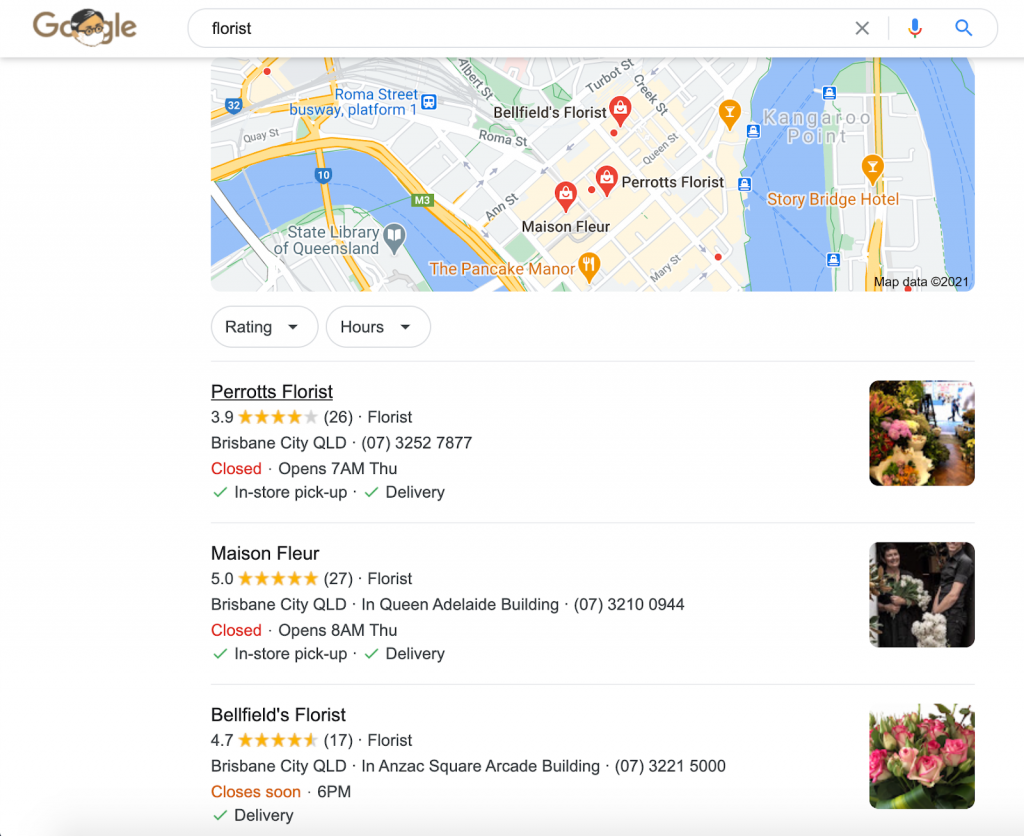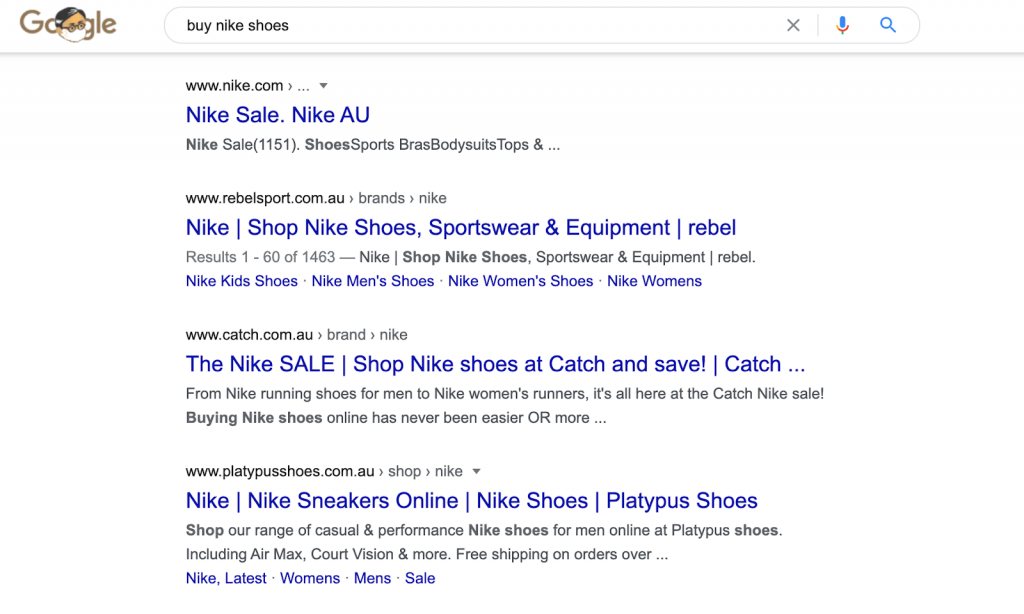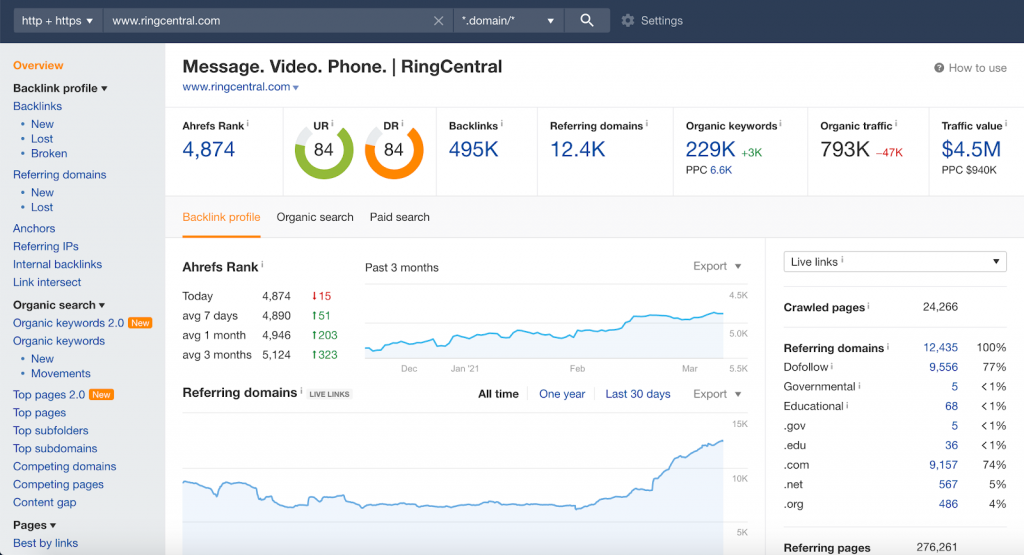A Comprehensive Guide to International SEO for Global Companies
The World Wide Web allows your company to access a global marketplace. You can publish content in the US that turns up in Singapore. Accessing customers anywhere in the world allows small companies to compete with multinational organizations. Yet, if you want to ensure your content turns up in those search results, you must get to grips with international SEO. This article will take you through the basics of international SEO. I’ll discuss the basics of international SEO and how it’s different from local SEO. We’ll also look at a few steps you can take to make your company rank content in multiple markets.
Local SEO vs. International SEO – What’s the Difference?
Local SEO refers to optimizing your online presence to rank in the search results for local search terms. With local SEO, you’re trying to generate leads by ranking high in search results for your immediate vicinity (say, your city, state, or country). There are many different types of local SEO searches. The most common searches are for things like “service + near me.” For example, florist, pub, whatever. If you make such a search, Google will use your IP address to provide you with a list of companies that offer the product or service you are looking for in your immediate vicinity. An essential element for much local SEO, especially search terms similar to what I described above, is the Google My Business listings.
You can see in the image above how Google My Business takes up the prime position in search results. There’s more to local SEO than Google My Business and “service + near me” search terms. International SEO is trying to get your content to rank in various countries. For example, you might want your content and sales pages to rank in the US, UK, and Australia. Alternatively, you might want to make your content rank in several different languages. Again, your ability to do this will revolve around your understanding of international SEO.

One crucial consideration to remember is that Google emphasizes national rankings for transactional terms. For example, if you type “buy Nike shoes” in Australia, you will likely see results for eCommerce stores where you can buy shoes in the region. For example, more general terms like “how to run fast” are less likely to rank in multiple places. That is because the information provided has value regardless of the location. There will, of course, be some variation in search results between countries. So, that covers some of the key differences between local and international SEO. This guide will look at the factors you need to consider and the choices you’ll need to make if you want to implement an international SEO strategy. Consider this a starting point for future research.

One Domain Vs. Multiple National Domains
One of the first choices you’ll need to make if you plan to embark on an SEO strategy is the number of websites you want to manage. There are two different approaches:
- Create multiple websites utilizing Country Code Top Level Domains. You then have one website per target market. For example, .com.au for Australia, .co.uk for Britain, etc.
- Create one website utilizing .com, .net, .ai, or another variation for your company. Target a global audience through this site.
Each of those two approaches listed above has its pros and cons. I’ll start by doing a quick review of the multiple domains approach to international SEO.
Embarking on International SEO With Multiple Domains
Many companies have embarked on international SEO campaigns utilizing multiple national domains. A good example of a business that has taken this approach is the telecommunications company RingCentral. Here are a couple of the domains RingCentral uses:
- Ringcentral.com – US
- Ringcentral.co.uk – Britain
- Ringcentral.com.au – Australia
Three different domains, three different markets.

The nice thing about having multiple domains for multiple markets is that each domain has a clear focus. You can create specific content for the Australian market, the British market, the US market, etc. Moreover, a National Top Level domain will make it easier for you to rank content in your target market. However, one of the major issues of this approach is the amount of effort it takes to maintain multiple websites. Each website requires maintenance. You need to create content for each site.
A lot of the content you create will cover the same topic as content produced for the other sites. This will not only include website content but also your other marketing materials like newsletters, recurring emails to customers, and other collateral.
For example, RingCentral might need to create three sales pages about VoIP phone systems. That’s a lot of additional copy to create, edit, update and manage. There are ways you can get around creating unique versions of the content for each site. You’ll need to set up national IP redirects / hrefslang directs. However, you’ll still need to create some original content for each site. With multiple domains, you’ll also have to run multiple backlink campaigns. For example, here’s an overview of the .com.au domain on Ahrefs.


For comparison, here’s an overview of the Ringcentral.com domain. You can see the US site has a lot more referring domains, authority, and traffic than the Australian site. All of these factors mean it’s easier for the content on the US site to rank for various keywords than on the Australian site. That covers some of the main pros and cons of the multiple domain approach to international SEO.
International SEO With A Single Domains
One of the big benefits of running an international SEO campaign on a single domain is that you only have to maintain one site. You only have to create content for one site, build links for one site, etc. That can result in significant budget savings for a global company.
Your approach to international SEO on one site will be a bit different than it would be for normal SEO. You need to create a site structure that supports your goals. That will involve hosting your various sales pages on either subdirectories or subdomains. The subdomains or subdirectories will be specific to a region. For example, a subdirectory for sales pages from the UK, Australia, etc. The graphics from Moz provide a nice overview of the pros and cons of subdirectories and subdomains.
The subdirectories or subdomains will not have the same level of authority as the main domain. So, you’ll need to run link-building campaigns to each directory to make that content rank in the relevant region. Below are two other SEO considerations if you plan to run an international SEO campaign from one website.
Implement National IP Redirect for Sales Pages
For any company, its sales page is crucial to marketing and lead conversion performance. Therefore, you want to put your best foot forward and direct your international customers to sales pages relevant to their respective locations. That’s where a national IP redirect comes in.

How does it work? Basically, it relies on IP address tracking to narrow down a visitor’s location.
Remember, user experience is key to customer satisfaction. If you know how user experience impacts SEO, too, you’ll want to implement that IP redirects all the more. Make sure the webpage your visitors are directed to is on the relevant subdomain or directory. You can utilize national IP redirects and utilize hrefslang if you run multiple sites to send visitors to the relevant sales page. It’s less important to implement this for resource pages like blog posts.
Create a Multilingual Website
If you’re going to invest in international SEO, you might choose to create a multilingual site. Most (if not all) of the big brands these days use a multilingual website to reach a wider crop of people who speak different languages. Take a look at Bluetooth’s website:

Bluetooth gives visitors five language options: English, Japanese, Chinese, Korean, and German. You don’t have to pick those five languages for your website. The languages you pick, however, should depend on the language used by your target market. Make sure your main brand homepage incorporates these different languages even before you implement these subdomain directories for each one of your target countries.
In Summary
If you’re a company targeting global markets, you can never reach your full lead conversion potential with non-local visitors without investing in international SEO. It is a set of practices that help you position your website better for international visitors and in the search results. Tweaks like custom URLs, a multilingual website, and IP redirection for sales pages will boost your international SEO efforts. Do all these things, and you’ll rank in those other target countries. The result? Your company will be well on its way to success.




Leave a Reply